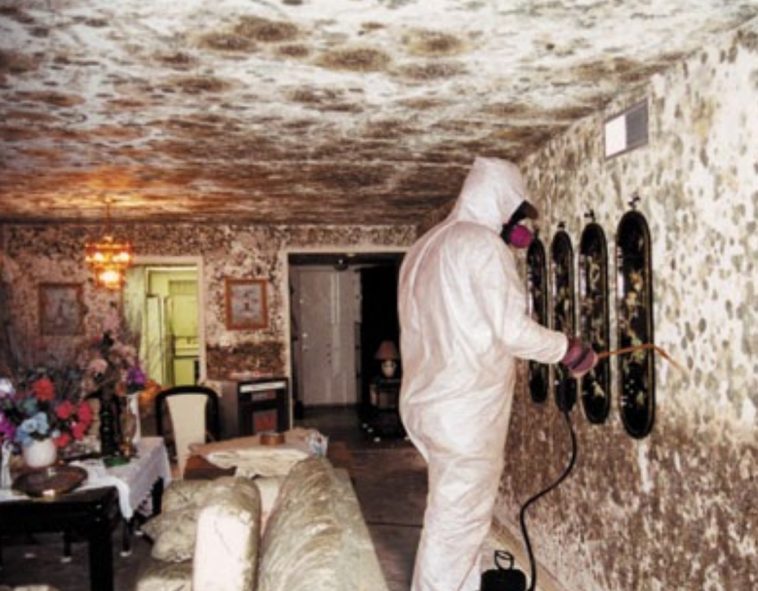Mold in the household might seem like something that is not that important or can be ignored, but the potential from problems is massively understated. Mold is almost always associated with food danger, and we are taught to never consume it, but we need to be more aware of how dangerous mold growing around the home can be. The problems that mold presents are most noticeable in terms of our health.
Our health is one of the most valuable things we have, and mold should be something that you keep in mind when trying to live your best life. This information will provide you some insight into just how dangerous mold in your home can be.
Allergies
Most allergies are caused by spores or pollen in the air. Things like dust and flowers are bad for this, but mold is significantly worse because its spores also spread through the air. Consuming moldy food is one thing, and you can avoid it easily, but mold in the air is harder to spot. This can cause allergies to worsen, especially during the spring and summer when the house is damper from humidity, which gives rise to mold growth. Other symptoms involve rashes and irritation, which are usually seen in people who suffer from severe allergies.
Respiratory Problems
Much like allergies, mold spores can cause some serious problems to health over a long period through respiratory problems. Mold spores can get into the lungs and create issues with breathing and make it tough to feel healthy. People with asthma or underlying health issues that stem from their lungs, throats, etc. should find this information useful as they are susceptible to mold causing them harm. To find out more, a good place to start is contacting mold experts and seeing what advice they have as well. They are used to dealing with mold removal, and that means experiencing people who are affected by it.
Fatigue and Depression
The issues of fatigue and depression are usually associated with other problems of health. Allergies from an allergenic mold will cause people to feel more lethargic. Lethargy, or fatigue, is often also associated with breathing problems which make physical activity hard to do. This lack of energy can even lead to depression. Some studies link mold exposure to these problems, and they are often unseen or considered something that is not related to mold. It is important to know what potential issues might arise from having too much exposure to mold because they can be surprising – and hidden.
Infection
Sinusitis, which is an irritation of the sinuses and throat, is a type of infection that can be brought on by mold. The mucous membranes of the body are irritated by the spores, and it can create these infections, or cause other symptoms that resemble a cold. It can be hard to determine whether the infection is caused by some other form of transmission like saliva or contact with someone sick, but it can also be hidden in your house the entire time. The irritation and infection it can cause are not deadly, more of a nuisance, but it can weaken your immune system. This is not good for people in your household that are more likely to be affected such as young children or seniors, so it is always good to know how mold can be worse for the people who live under your roof, even if it will not affect you as badly.
Death
Toxigenic mold is considered the most dangerous of molds, even though they all are, it may pose the most severe health problem – death. Over long periods, and without the proper preventative measures, mold can eventually lead to death because of many of the issues related to it. Particularly, respiratory problems are a major cause of death when looking at how mold is causing damage to the human body, which is from these toxins. While this is something to consider, mold does not cause death as often as you might believe, unless there is a mass amount close to you in your home and over a very long period of time.
As you can see, mold is more than just a nuisance when it comes to cleaning. There are potential health problems that can jeopardize you or your loved ones in their daily life around the home. From infections to breathing problems, the range of dangers are not always life-threatening, but they should be recognized and acted on as fast as possible to limit the damage.



